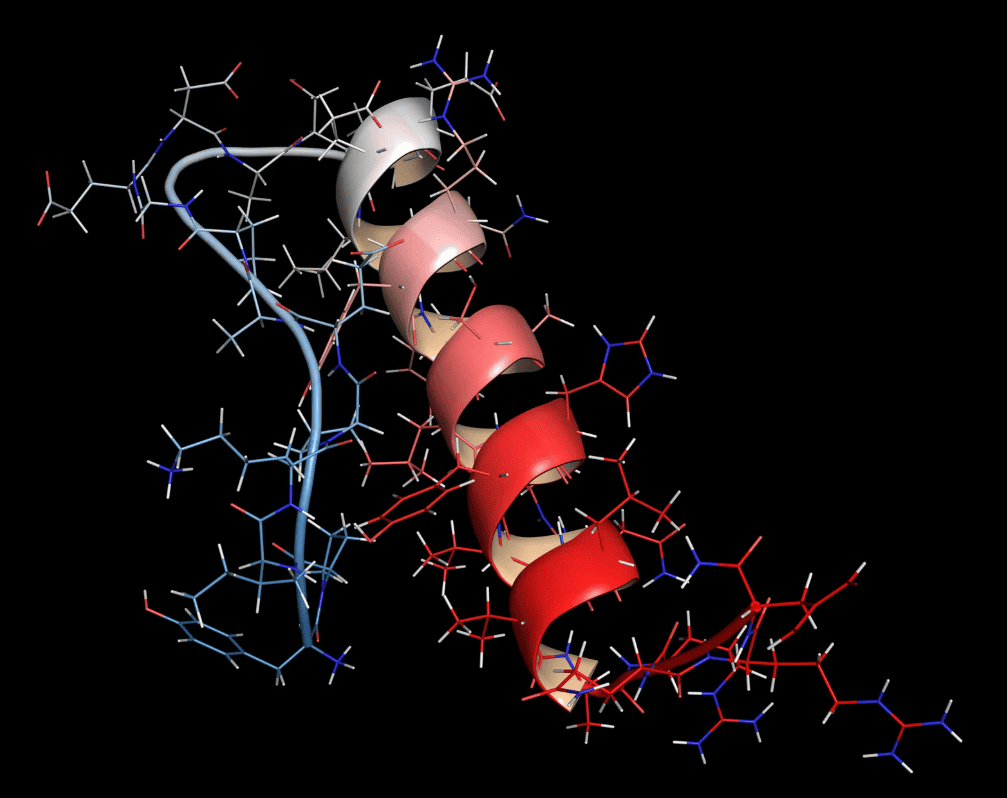Feeling stressed, overwhelmed, or mentally drained? You’re not alone. Many people experience moments where their mind feels cluttered, emotions seem heavy, or focus is hard to maintain.
While there’s no single solution to achieving mental balance, one of the simplest and most effective tools is movement.
Exercise isn’t just about fitness goals—it plays a key role in supporting mental wellness. Whether it’s a morning walk, stretching between meetings, or playing your favorite sport, moving your body can help maintain a sense of balance and clarity.
You don’t need an intense routine to feel the benefits; small, consistent efforts can make a difference.
Let’s explore how regular movement supports mental well-being and why even a little activity can go a long way.
1. The Science Behind Exercise and Mental Well-Being
You might have heard that exercise helps the mind, but how exactly does it work? When you move, your body responds in ways that support mental clarity and emotional balance.
- Movement encourages the release of certain chemicals in the body that help maintain a steady and balanced mood.
- It plays a role in helping the body manage stress, which is important for overall well-being.
- Regular activity also helps support mental focus, which can make daily tasks feel more manageable.
Maintaining a well-rounded lifestyle is key to feeling your best. That includes staying active and making nutrient-rich food choices. Some people also choose to include dietary supplements to help support their nutritional intake.
Brands like USANA Health Sciences focus on formulations designed to complement a balanced lifestyle. While supplements cannot replace a nutritious diet, they can be part of a well-rounded approach to supporting an active and health-conscious routine.

2. Managing Everyday Stress Through Movement
Life gets busy, and stress is often a part of it. Work deadlines, personal responsibilities, and unexpected challenges can sometimes feel overwhelming. But movement can be a helpful way to manage those daily pressures.
- Engaging in physical activity provides an outlet for built-up tension from work, school, or other responsibilities.
- Moving your body supports a state of relaxation, helping you feel more at ease.
- Activities like walking, stretching, or practicing yoga can help maintain a calm and balanced mindset.
The best part? You don’t need to dedicate hours to movement. Even short, consistent sessions—like a quick walk or a few minutes of stretching—can make a difference in how you feel throughout the day.

3. Supporting a Balanced Mood Through Movement
Ever noticed how you feel lighter or more refreshed after taking a walk? There’s a reason for that. Moving your body plays a role in maintaining emotional balance, which is important for your overall well-being.
- When you engage in physical activity, your body responds in ways that help you feel more present and focused.
- Many people find that movement helps them maintain a sense of emotional steadiness throughout the day.
- Group activities, like dancing or joining a fitness class, also encourage social connection, which can further support a positive mindset.
Incorporating movement into your daily routine doesn’t have to be complicated. It can be as simple as dancing to your favorite song, going for a casual bike ride, or stretching before bed.
4. Supporting Focus and Mental Clarity with Physical Activity
Do you ever struggle to concentrate for long periods? Movement can help maintain mental focus and clarity, making it easier to stay engaged in daily activities.
- Physical activity plays a role in supporting alertness and concentration, making tasks feel more manageable.
- Regular movement helps maintain a balanced energy level, which can help with productivity.
- Many people find that taking short movement breaks throughout the day helps them feel refreshed and ready to focus again.
Even if you have a desk job or a busy schedule, incorporating small bursts of movement—like standing up to stretch or walking around while brainstorming—can be a simple way to stay engaged.
5. Movement and Rest: How Exercise Supports Sleep Quality
A good night’s sleep is essential for both physical and mental wellness. When you don’t get enough rest, you may feel foggy, unfocused, or irritable. Physical activity can help support a more restful night’s sleep when practiced as part of a balanced routine.
- Movement helps support a natural sleep cycle, making it easier to wind down at night.
- Engaging in activity throughout the day can contribute to a more relaxed state before bedtime.
- People who stay active often find that they feel more refreshed upon waking up.
It’s important to choose the right type of movement at the right time. While gentle activities like stretching or light yoga can support relaxation, intense workouts close to bedtime may make it harder to fall asleep.
6. How to Add More Movement to Your Daily Routine
The idea of exercise can sometimes feel overwhelming, but it doesn’t have to be. The key is finding a movement that fits into your lifestyle.
Here are a few simple ways to add more movement to your day:
- Take the stairs instead of the elevator when possible.
- Go for a short walk during breaks or before starting your workday.
- Stretch while watching TV or listening to a podcast.
- Try a new activity like dancing, swimming, or hiking.
- Move while doing daily tasks—even simple actions like standing while on phone calls can make a difference.
Movement doesn’t have to mean hitting the gym every day. The goal is to stay consistent and choose activities you enjoy.
It’s easy to think of exercise as something only meant for physical fitness, but it plays a much bigger role in supporting overall well-being. Movement helps maintain a sense of balance, focus, and emotional steadiness—all of which contribute to a health-conscious lifestyle.
The best part? It doesn’t have to be complicated. Whether you enjoy walking, dancing, stretching, or playing a sport, the key is to keep moving in ways that feel good for you. Small, daily efforts add up and can make a meaningful difference in how you feel—physically, mentally, and emotionally.





























